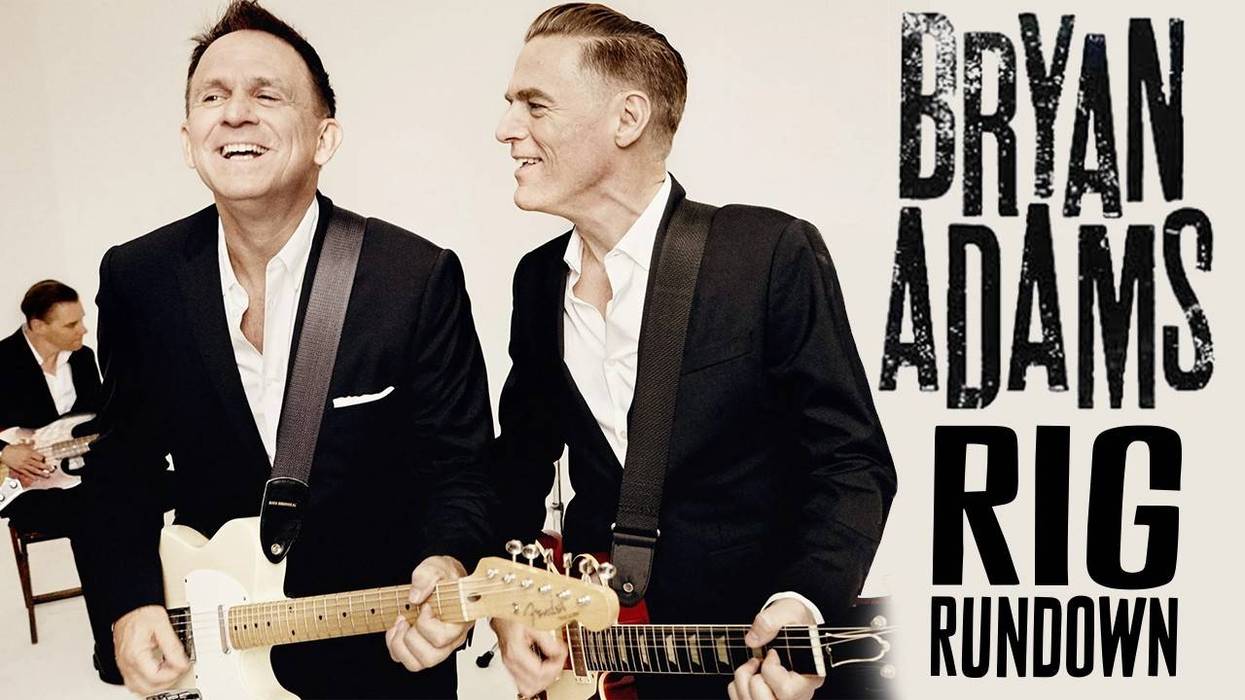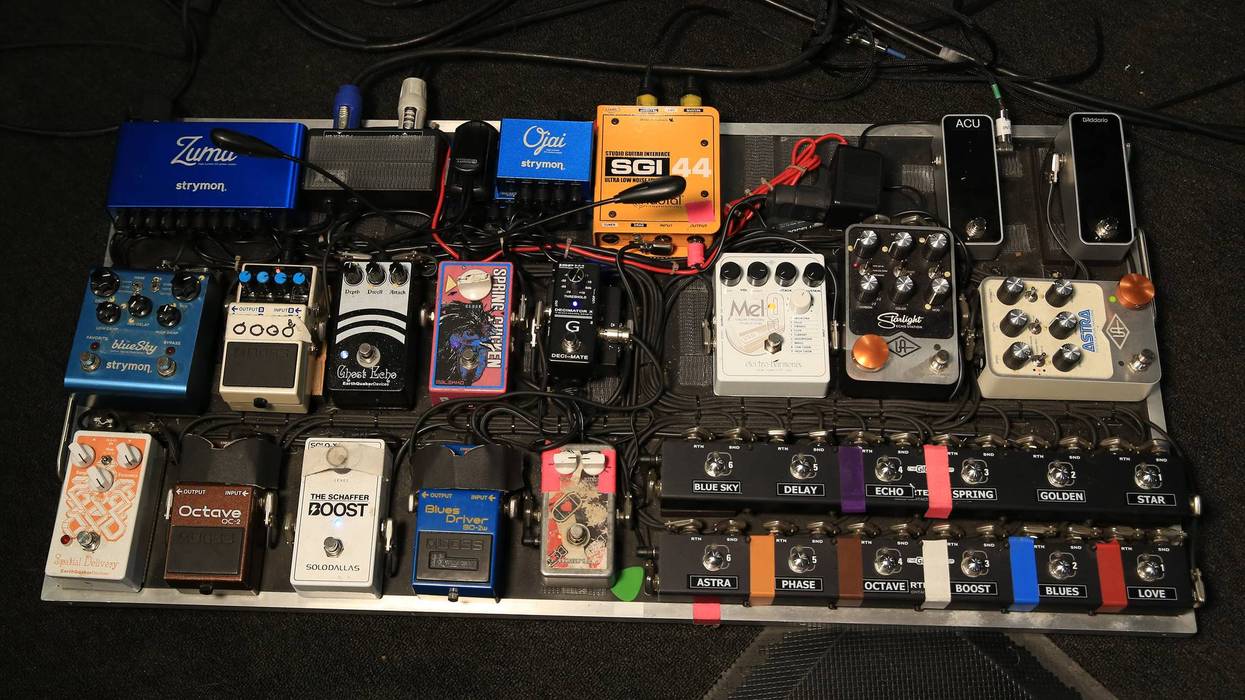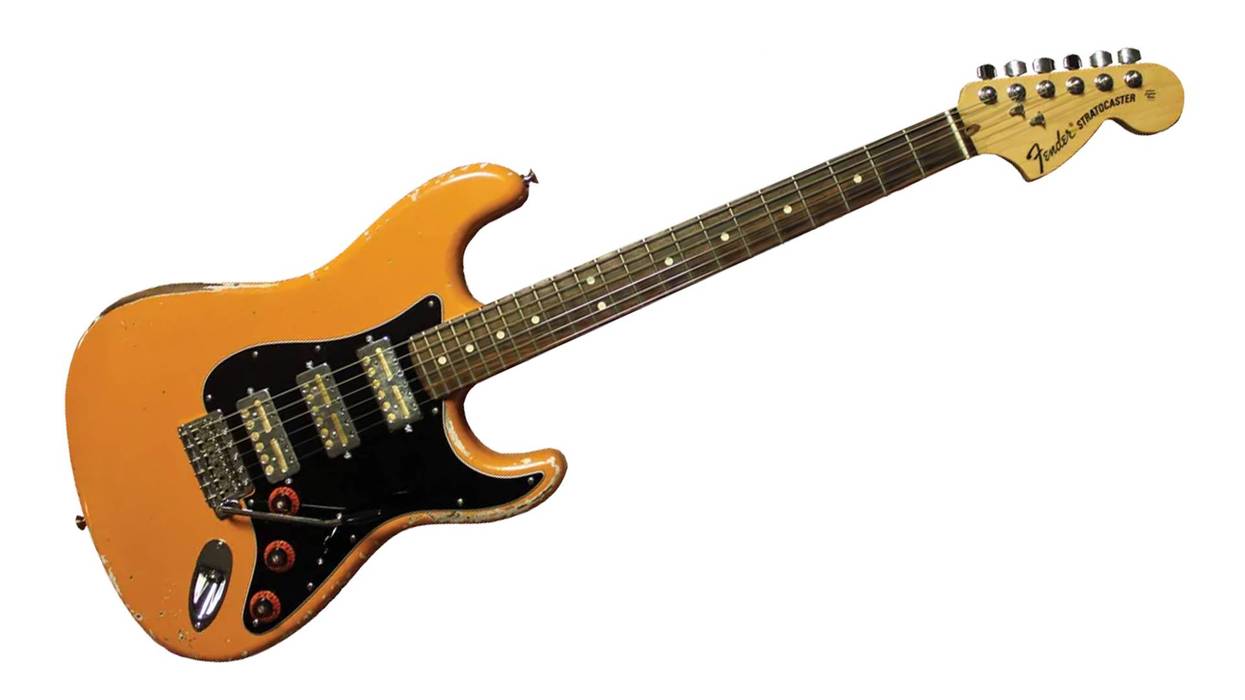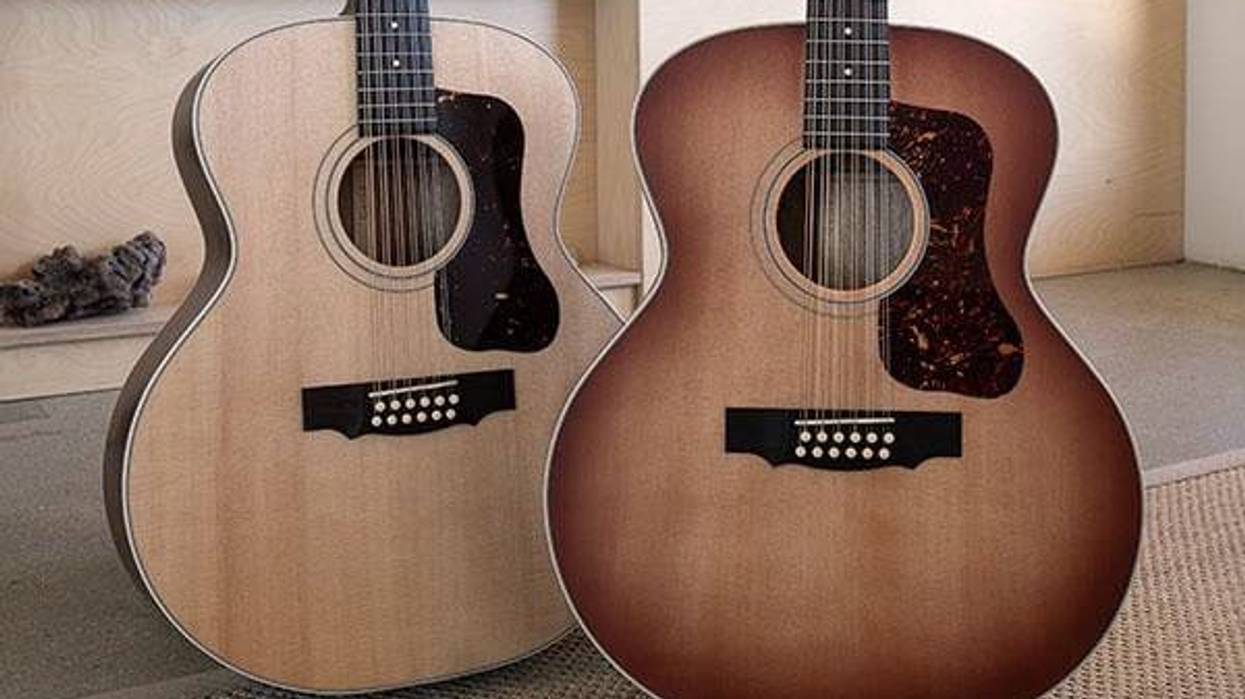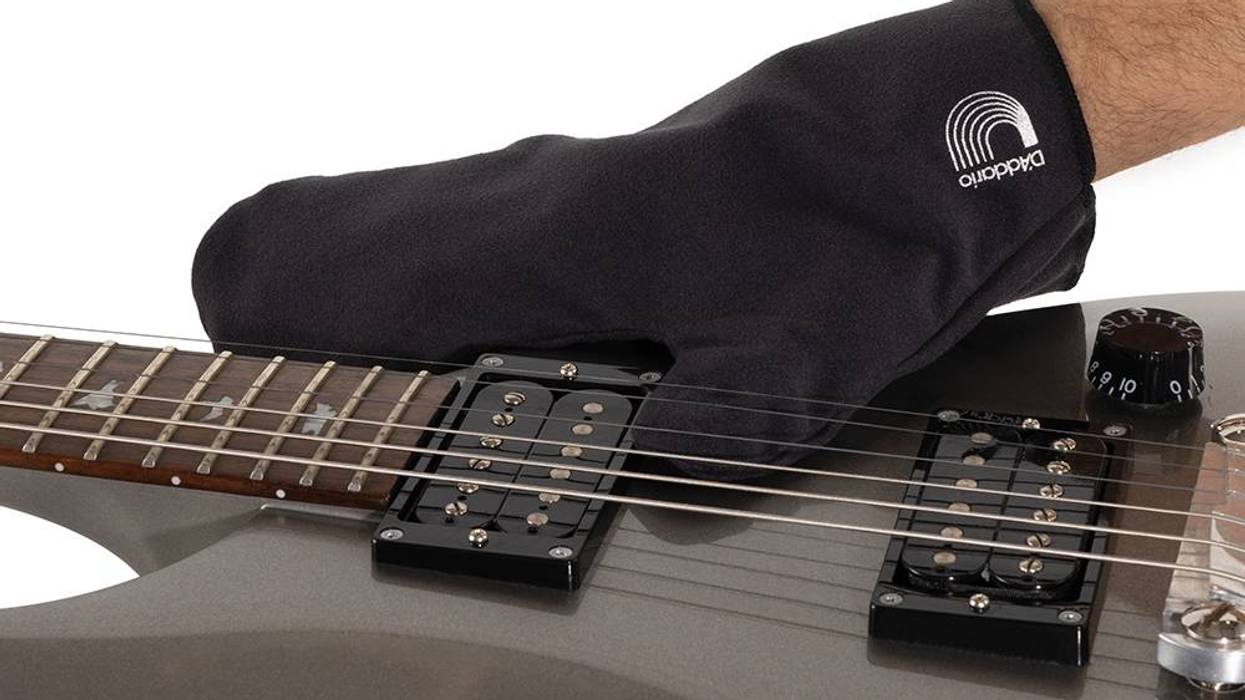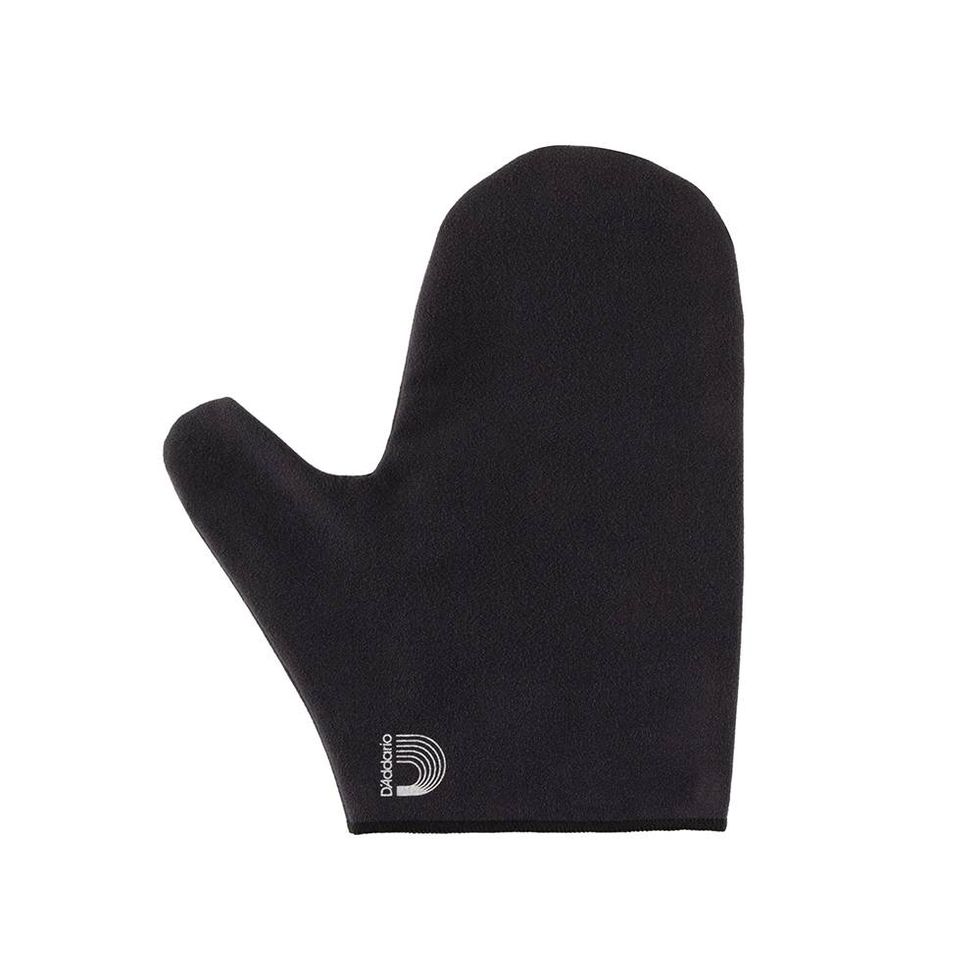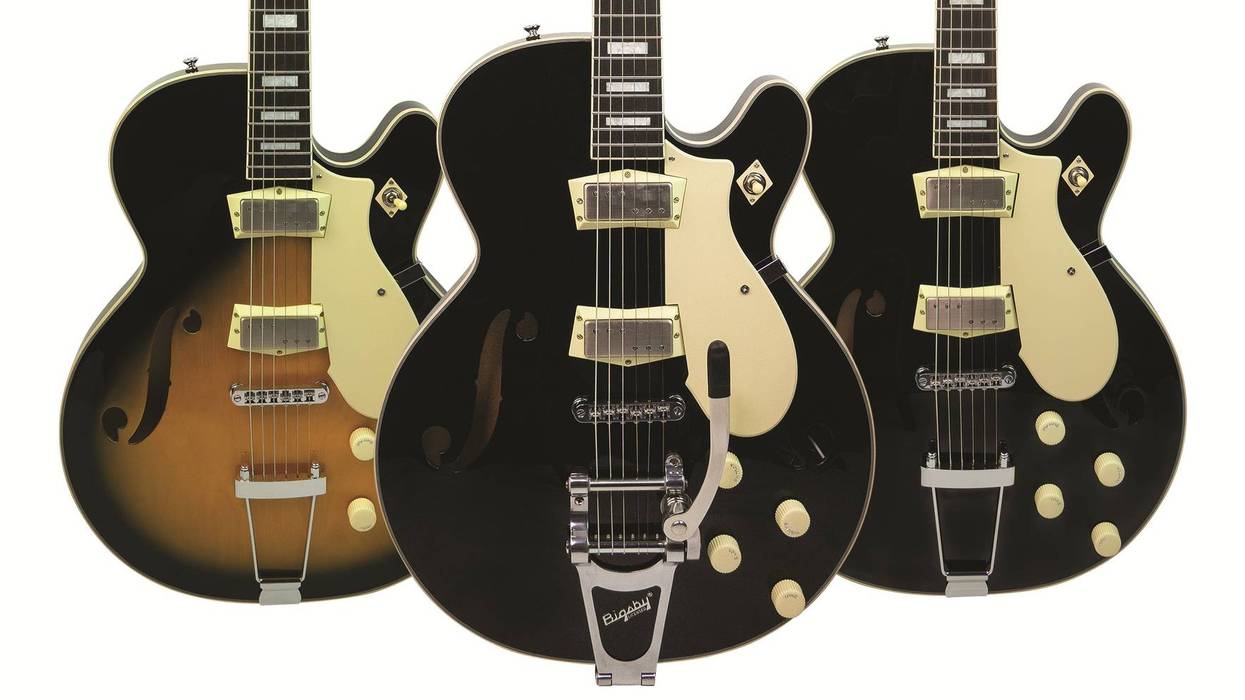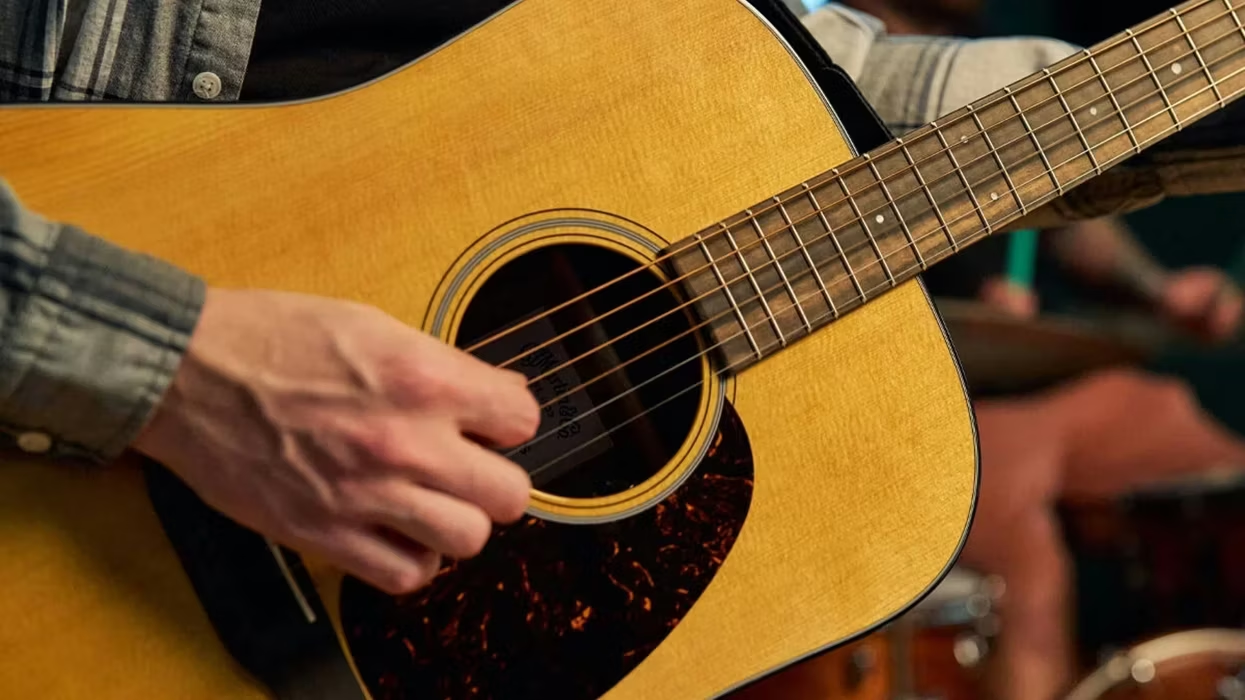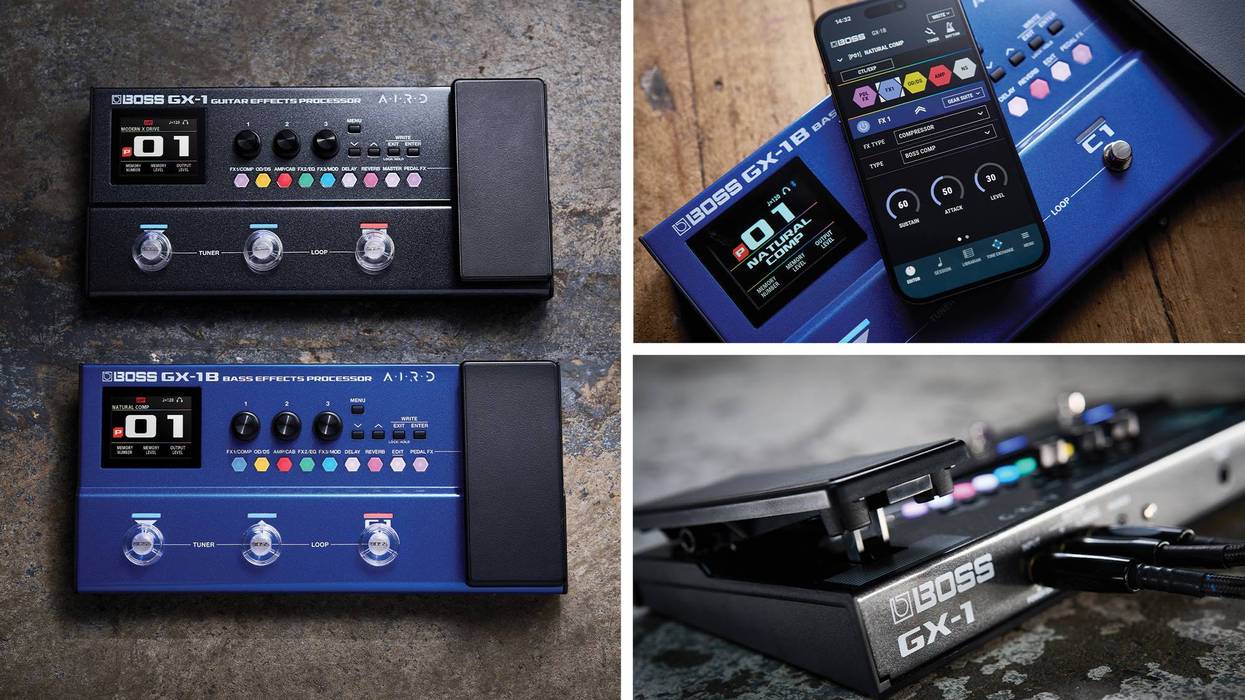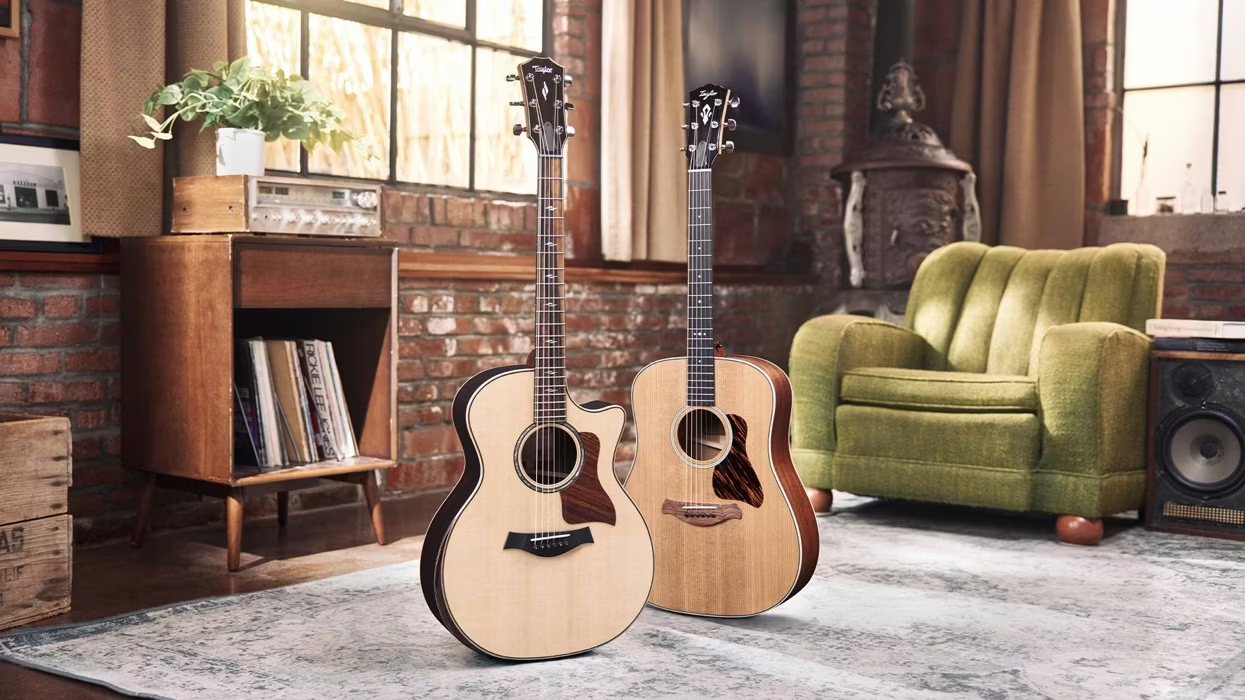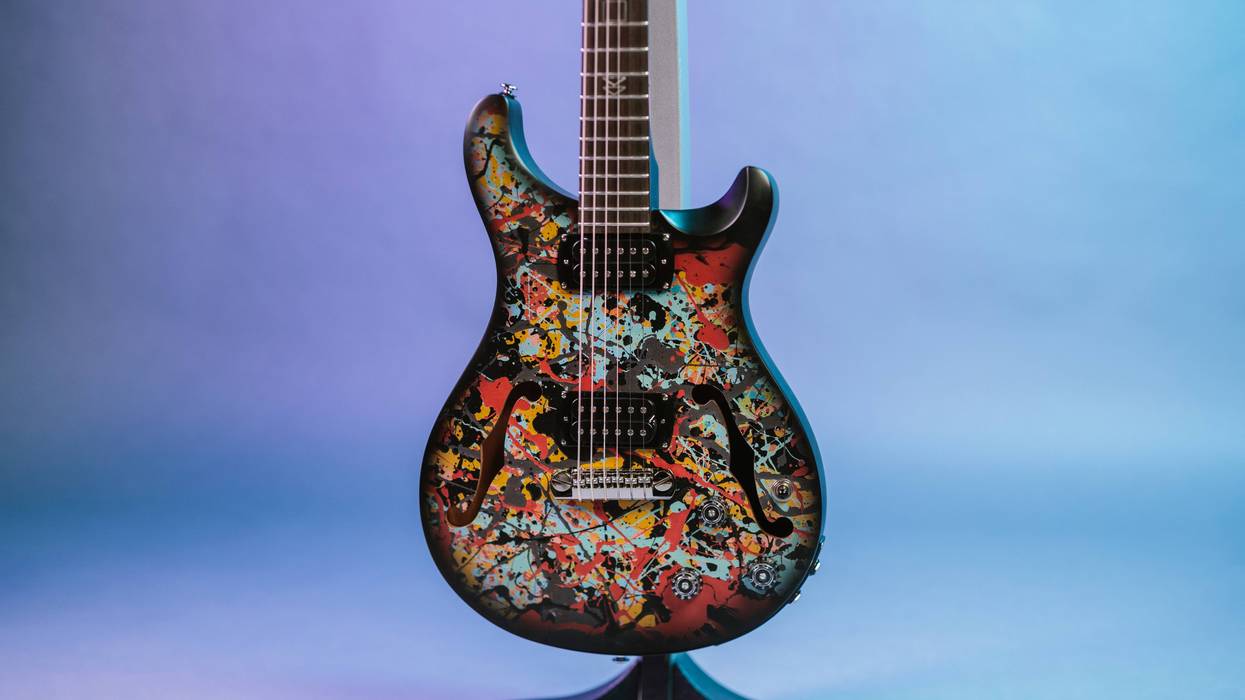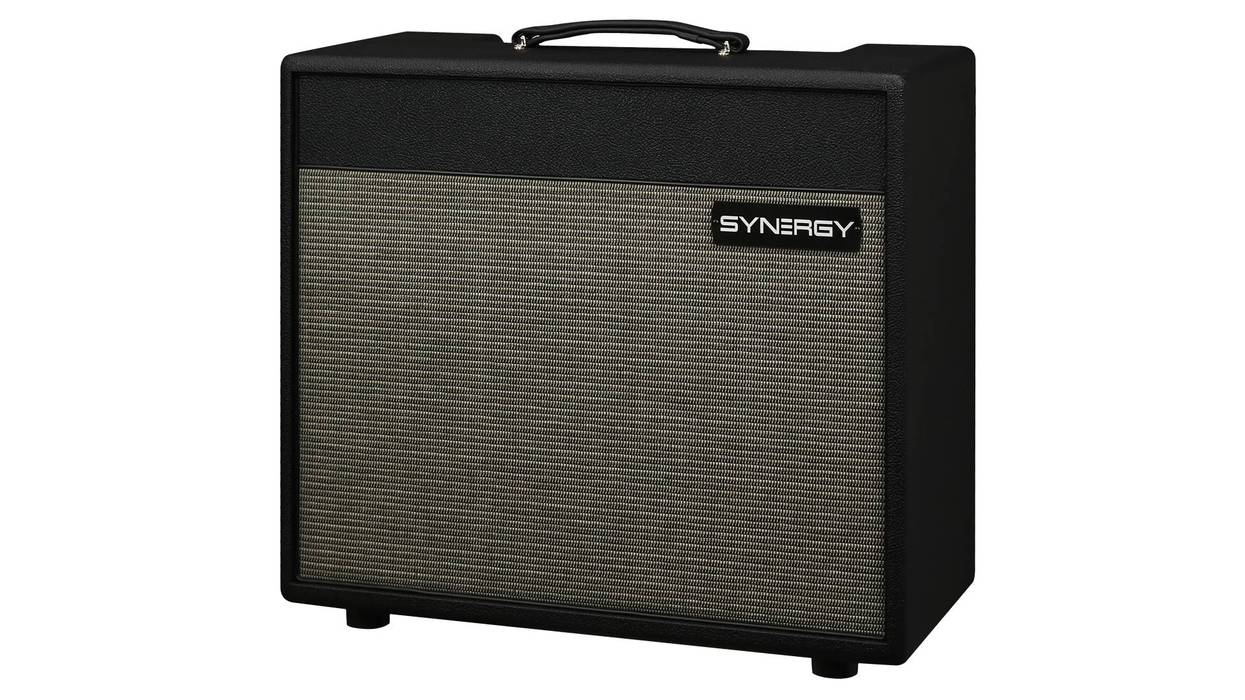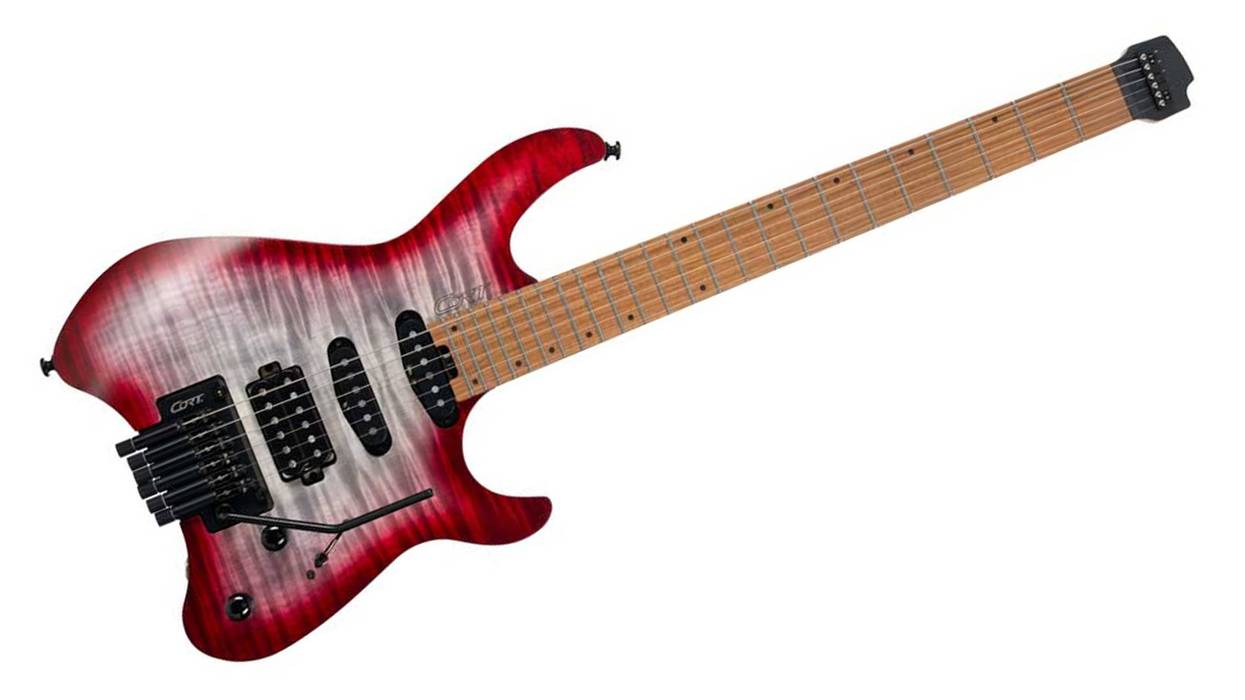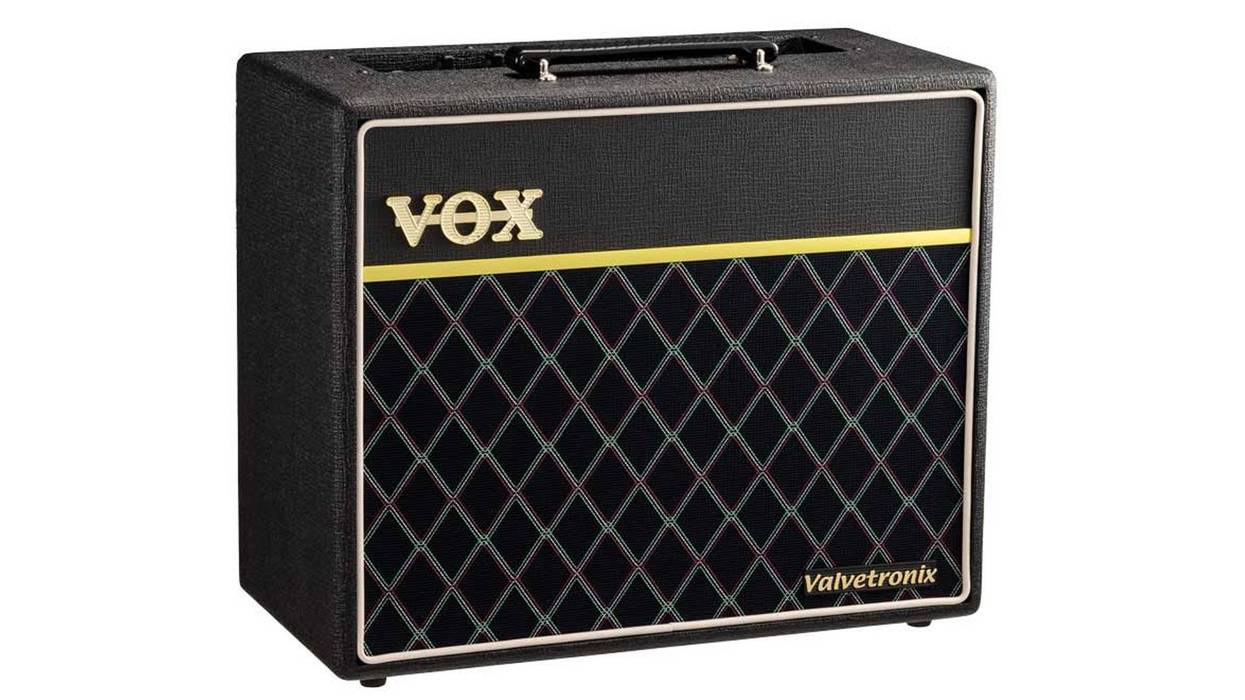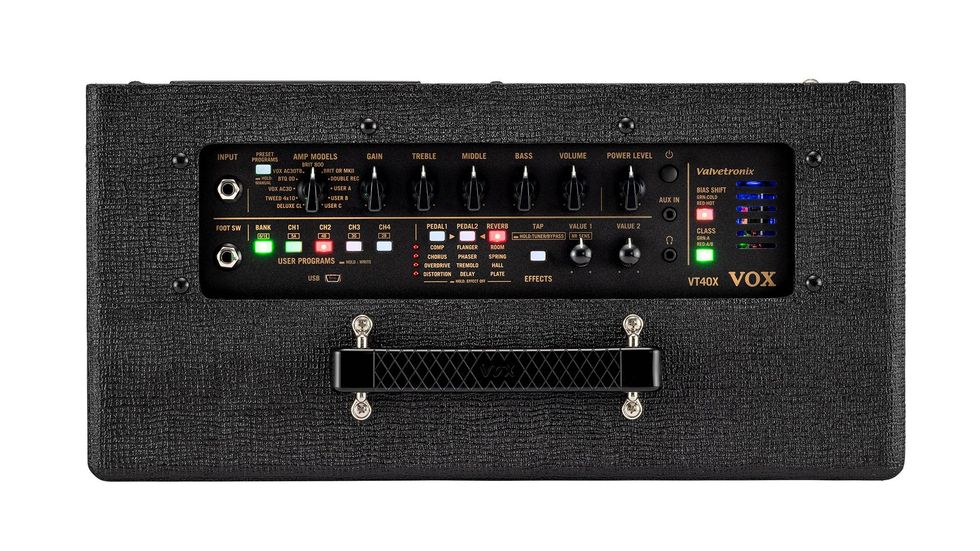This month we’re going to talk about recording with omni microphones. Often ignored due to their wide polar pattern and general misinformation, their use in capturing great guitar sounds should not be overlooked. Let’s first examine what omni means and then see how their application might help you cut better tracks.
 |
Sometimes called “pressure microphones,” omni mics measure sound pressure at a fixed point in space. Since it’s not concerned with direction, an omni can often be placed where other types would not work. Also, many omni microphones (such as DPA and Earthworks) have very small capsules that are amazingly natural sounding with an even frequency response curve (the DPA 4007 is virtually flat from 20Hz to well above 20kHz). In reality, the commonly used cardioid microphone is completely coloring your sound – which may or may not be right for your application.
In addition, omni microphones don’t suffer from proximity effect, which is the boosting of low frequencies as you get closer to the source. They can also handle some huge sound pressure levels, or SPLs, with certain models taking up to 155dB before overloading. While most of us will never record anything that loud, they can take it when you deliver it.
So now that you have some basic fun facts about omnis, how can you use them? Well, since they record equally in all directions, placing one on an acoustic guitar will also capture some of the room sound, for example. That in turn leads to a more natural sounding recording of the instrument. Of course, the better the room, the better the
overall sound.
Often, when I use my Earthworks QTC-1 [now renamed the QTC40] mic on a guitar, the playback comments are along the lines of “now that’s what my guitar sounds like to me!” To an engineer capturing an acoustic instrument, that’s music to my ears. Another great application of omni microphones is to combine them with a cardioid type. When recording Al DiMeola playing his late-thirties Martin, I often used a pair of cardioid Schoeps in an XY configuration directly in front of the guitar, with another pair of the above mentioned Earthworks omnis just outside the Schoeps, about two to three feet away and four feet apart.
The Schoeps provided the closeness and tight sound while the Earthworks delivered the ambient, open sound. By adjusting the fader volumes of each pair and panning them creatively on the console, the true tone of the instrument was captured – with very little EQ’ing.
You don’t have to use pairs of mics to get a great sound with an omni. I often record flamenco guitarist Romero using a single Earthworks and a Royer ribbon mic. The Earthworks is placed near the 12th fret of his instrument, with the Royer capturing the body of the guitar. This combination yields a dark, warm tone from the Royer and a bright, transient sound from the Earthworks. Also, the snap of the instrument is captured in the room (which is mostly wood) by both the figure-8 pattern of the Royer and the omni pattern of the Earthworks.
Omni microphones also sound great on things like acoustic bass, piano, strings and as room microphones for percussion and drums. I’ve used them to re-record submixed string sections in a live studio by pumping the mix of strings into the room through speakers and mic’ing them. This provides a dimensional sound that cannot be duplicated by the actual close miking of the instruments themselves.
High-end omni microphones are often used to capture symphonic performances, since they properly translate the ambient sound of acoustic venues. I’ve even used them with great results to capture vocals – with the use of a pop screen, of course.
While omni microphones have many applications, it’s their use on acoustic guitars that keeps me coming back for more. With their ability to capture a clean, clear tone, a wide dynamic range and the natural sound of an instrument, they make a great choice when you’re looking for something different in the studio.
Rich Tozzoli
is a producer, engineer and mixer who has worked with artists ranging from Al DiMeola to David Bowie. A lifelong guitarist, he’s also the author of Pro Tools Surround Sound Mixing and composes for such networks as Discovery Channel, Nickelodeon and National Geographic.



